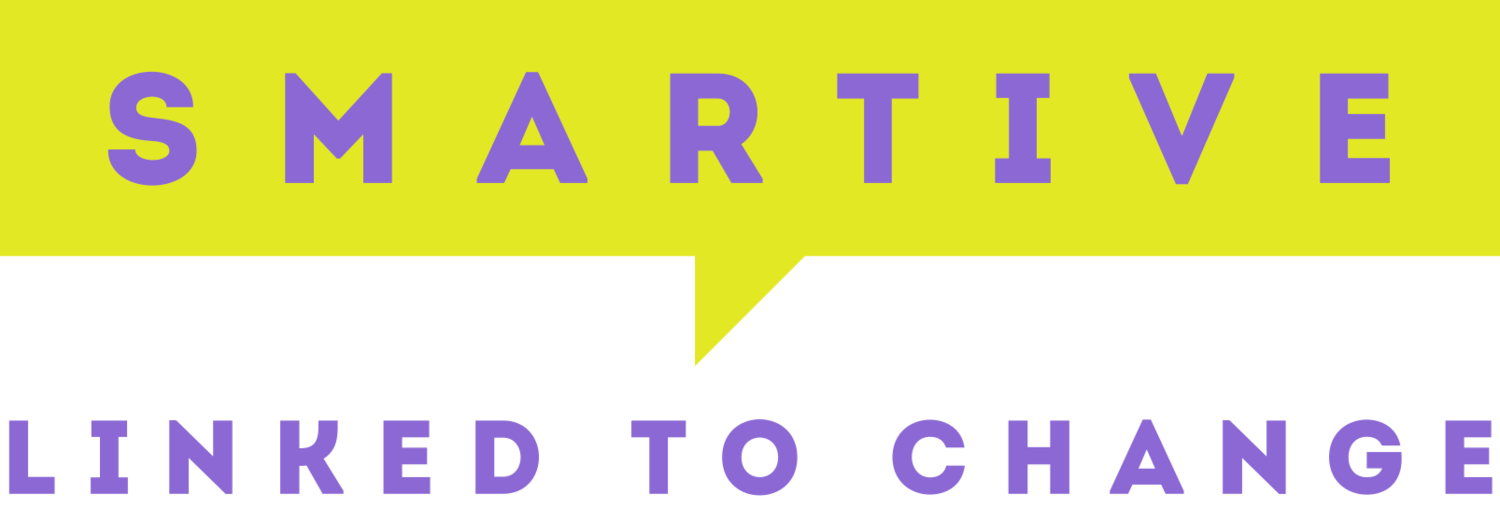There is another side of the coin when it comes to collaboration: it seems like time spent in collaborative activities such as meetings, calls, and emails has risen by 50% or more in recent decades, often consuming up to 80% of a typical workweek and leaving little time for individual tasks.
That’s why, while collaboration can enhance organizational success, it can also overwhelm employees, leading to stress, burnout, and decreased performance.
The burden of collaboration is unevenly distributed: about 3% to 5% of employees contribute to 20% to 35% of value-added collaborations. These high contributors, often known for being helpful, become bottlenecks as their workload escalates, and their effectiveness diminishes. Their contributions often go unnoticed due to the dispersed nature of their work across various teams and locations.
Employees invest three types of collaborative resources: informational (knowledge and skills), social (network access), and personal (time and energy). Unlike informational and social resources, personal resources are finite and often overused. Requests that could be met with informational or social support frequently demand personal engagement, unnecessarily draining time and energy.
To address these challenges, organizations can streamline collaborative efforts and recognize valuable contributions:
Redistribute Collaborative Work: Use surveys, communication tracking, and network analysis to identify overloaded employees. Encourage behavioral changes by teaching employees to filter requests, set boundaries, and prioritize value-adding tasks. Technology and strategic office layouts can make informational and social resources more accessible, reducing personal demands on key contributors. Structural changes, such as delegating decision rights and creating roles dedicated to managing collaboration requests, can further alleviate pressure.
Reward Effective Collaboration: Recognize both individual achievement and collaborative contributions through performance reviews, peer recognition, and metrics that value teamwork. Ensuring fair acknowledgment of collaborative efforts is particularly important for women, who often bear a disproportionate share of collaborative work but receive less recognition.
Leaders must promote balanced and efficient collaboration to prevent key employees from becoming overwhelmed. Establishing roles like chief collaboration officers could help organizations manage teamwork strategically, ensuring that the collaborative efforts enhance rather than hinder overall performance.



